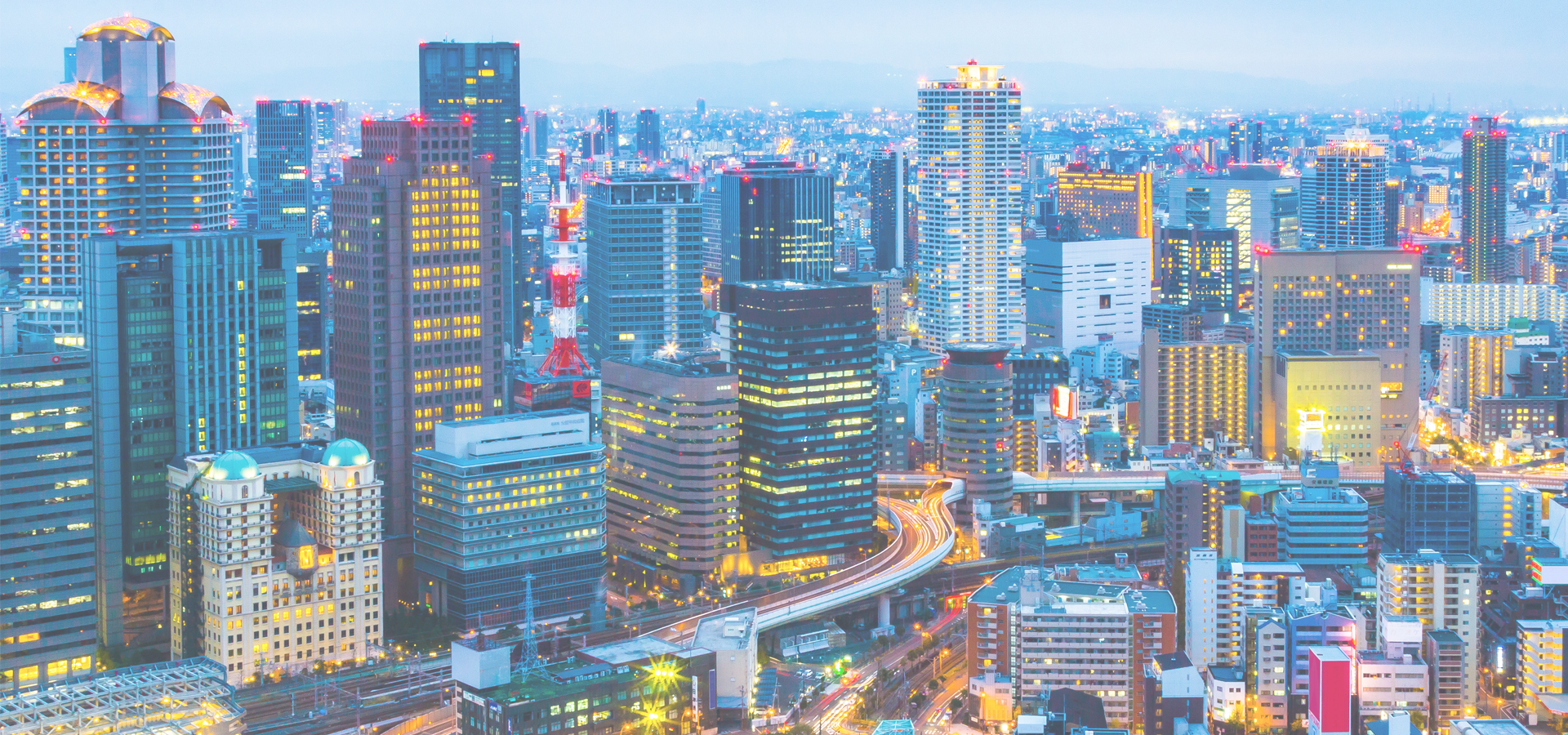Hirakata, Ōsaka Prefecture, Kansai Region, Japan
🇯🇵 Hirakata (枚方市, Hirakata-shi) is a city in north-eastern Osaka Prefecture, Japan. The city has an estimated population density of 6,100 persons per km². The total area of the city is 65.12 square km (25.14 sq mi).
1Geography Hirakata is located in north-eastern of Osaka Prefecture, almost halfway between the metropolis of Osaka and Kyoto. It is on the left bank of the Yodogawa River, and forms a triangle of 12.0 km (7.5 mi) and 8.7 km (5.4 mi) north–south. It is bordered by the Ikoma Mountains to the east.
1Neighboring municipalities Osaka Prefecture • Neyagawa • Katano • Takatsuki • Shimamoto; Kyoto Prefecture • Yawata • Kyōtanabe; Nara Prefecture • Ikoma.
1Demographics Eriko Aoki, author of "Korean children, textbooks, and educational practices in Japanese primary schools", stated that the city's location in proximity to both Osaka City and Kyoto contributed to its population growth of ten times its previous size from around 1973 to 2013.
Ethnic Koreans As of 2013 the city has about 2,000 ethnic Koreans. Most Hirakata Koreans, including children of school age, use Japanese names. Many Koreans in Hirakata operate their own businesses. Hirakata has the "mother's society" or "Omoni no Kai", a voluntary association of ethnic Korean mothers. It also has branches of the Chongryon and Mindan, Japan's two major Korean associations. Hirakata has no particular Korean neighborhoods. There were about 3,000 ethnic Koreans in Hirakata in the pre-World War II period. In the 1930s Hirakata Koreans, fearful of keeping their own jobs, had negative attitudes towards Osaka-based Koreans who were looking for employment after having lost their jobs. Military construction was the most common job sector of that era's Korean population. Eriko Aoki stated that in 2013 there was still a sense of difference between the Koreans in Hirakata and the Koreans in Osaka.
1History The area of the modern city of Hirakata was within ancient Kawachi Province. The place name of "Hirakata" is very old, appearing in the Kojiki, Nihon Shoki and other ancient texts. During the Asuka period, the early Buddhist temple of Kudara-dera indicates the settlement of many immigrants from Baekje in the Korean Peninsula from an early time. During the Heian period, the hills from Katano to part of Hirakata were called "Katano ga Hara" and were a hunting ground for the imperial family and were famous for cherry blossoms. The Osaka Kaidō, an extension of the Tōkaidō highway passed through the area, and in the Edo Period Hirakata-juku developed as a post station on the highway and a river port on the Yodo River.
The Hirakata Town was established with the creation of the modern municipalities system on April 1, 1889. Hirakata was elevated to city status on August 1, 1947. On April 1, 2001, Hirakata was designated as a special city of Japan. On April 1, 2014, Hirakata became a Core city with increased local autonomy.
1Government Hirakata has a mayor-council form of government with a directly elected mayor and a unicameral city council of 32 members. Hirakata, together with neighboring Katano, contributes four members to the Osaka Prefectural Assembly. In terms of national politics, the city is part of Osaka 11th district of the lower house of the Diet of Japan.
1Economy Hirakata's modern industry began with the munitions industry supplying to the Imperial Japanese Army and numerous civilian textile and clothing manufacturers. In the post-war era, the former munitions plants were transformed into industrial parks, or public housing complexes to support Hirakata's growth as a commuter town for Osaka and Kyoto. Textile and clothing production remain major industries in Hirakata.
1Companies with offices in Hirakata • Komatsu Osaka plant • Sanyo Electric Co R&D
1Education: Universities • Kansai Gaidai University • Osaka Dental University • Kansai Medical University • Setsunan University • Osaka International University • Osaka Institute of Technology • National Tax College.
1Local attractions • Hirakata Park, an amusement park that includes roller coasters made of wood. • Hirakata T-Site, containing a Tsutaya bookstore with 7-meter (23 ft) high bookshelves. • Kudara-dera ruins • Kinyakurumazuka Kofun • Kuzuha Battery Site.
1Transport: Rail JR West – Katamachi Line (Gakkentoshi Line) • Tsuda - Fujisaka - Nagao
Keihan Electric Railway - Keihan Main Line • Kōzenji - Hirakata-kōen - Hirakata-shi - Goten-yama - Makino - Kuzuha
Keihan Electric Railway - Katano Line • Hirakata-shi - Miyanosaka - Hoshigaoka - Murano
1Transport: Road • Second Keihan Highway • National Route 1 Daini Keihan Road (toll road) • National Route 168 • National Route 170 • National Route 307.
1Asia/Tokyo/Osaka

Hirakata has a population of over 397,681 people. Hirakata also forms part of the wider Osaka Prefecture which has a population of over 8,823,358 people. It is also a part of the larger Keihanshin metropolitan area.
To set up a UBI Lab for Hirakata see: https://www.ubilabnetwork.org Twitter: https://twitter.com/UBILabNetwork
Twin Towns, Sister Cities Hirakata has links with:
🇯🇵 Betsukai, Japan 🇨🇳 Changning, China 🇯🇵 Date, Japan 🇦🇺 Logan, Australia 🇯🇵 Shimanto, Japan 🇯🇵 Takamatsu, Japan 🇰🇷 Yeongam, South Korea🇯🇵 Keihanshin 34.833
🇯🇵 Takarazuka 34.8
Locations Near: Hirakata 135.65,34.8167
🇯🇵 Takatsuki 135.629,34.845 d: 3.7
🇯🇵 Katano 135.683,34.783 d: 4.8
🇯🇵 Neyagawa 135.629,34.764 d: 6.2
🇯🇵 Shijōnawate 135.633,34.733 d: 9.4
🇯🇵 Settsu 135.565,34.773 d: 9.2
🇯🇵 Kadoma 135.583,34.733 d: 11.1
🇯🇵 Nagaokakyō 135.694,34.92 d: 12.2
Antipodal to: Hirakata -44.35,-34.817
🇧🇷 Capão da Canoa -50.017,-29.767 d: 19241.4
🇧🇷 Osorio -50.265,-29.894 d: 19235.5
🇧🇷 Araranguá -49.483,-28.933 d: 19201.2
🇧🇷 Içara -49.3,-28.7 d: 19189.8
🇧🇷 Tubarão -49,-28.467 d: 19183.3
🇧🇷 Criciúma -49.372,-28.678 d: 19183.9
🇧🇷 Viamão -51.023,-30.088 d: 19197.9
🇧🇷 Rio Grande -52.099,-32.041 d: 19232.9